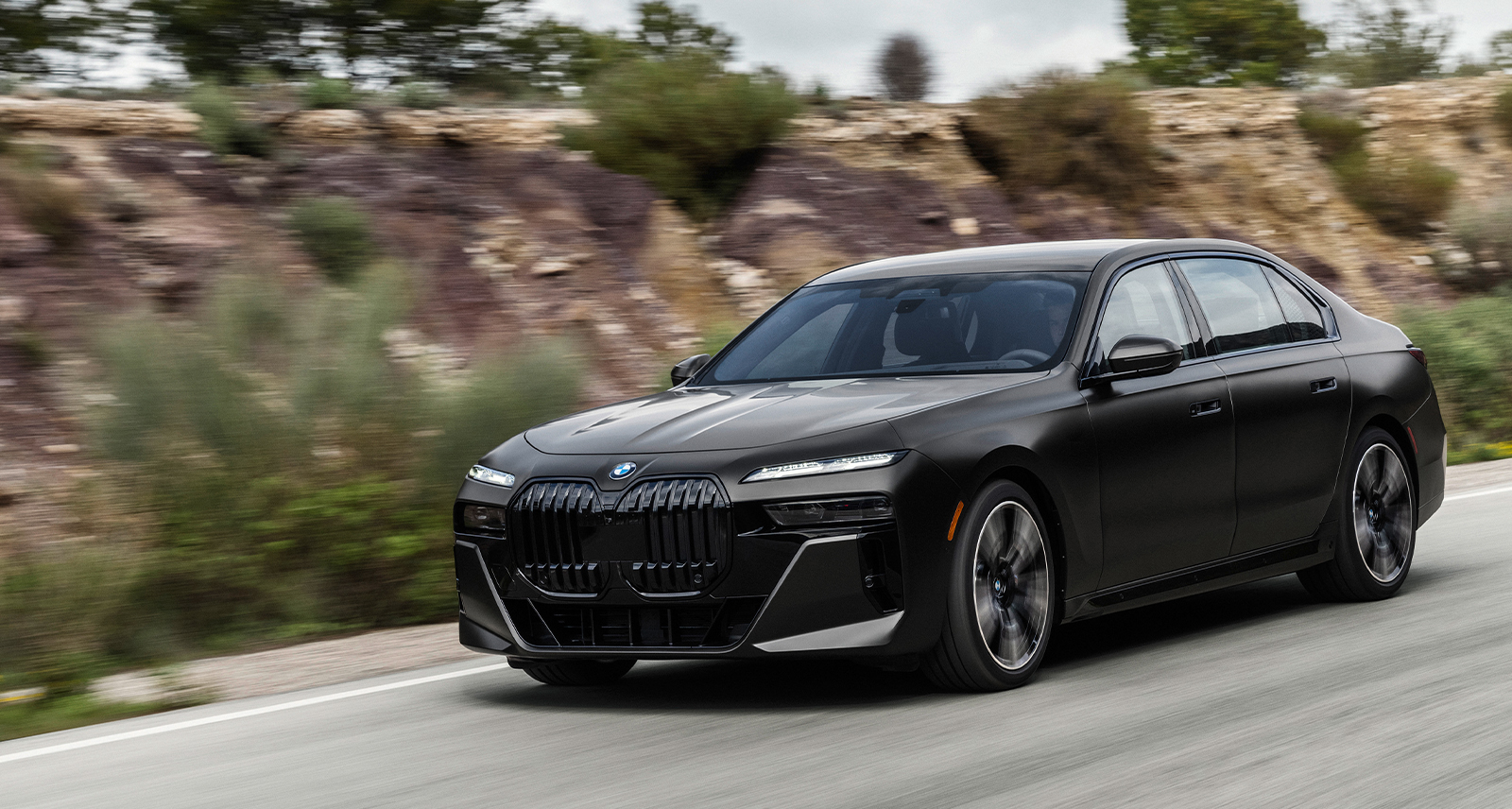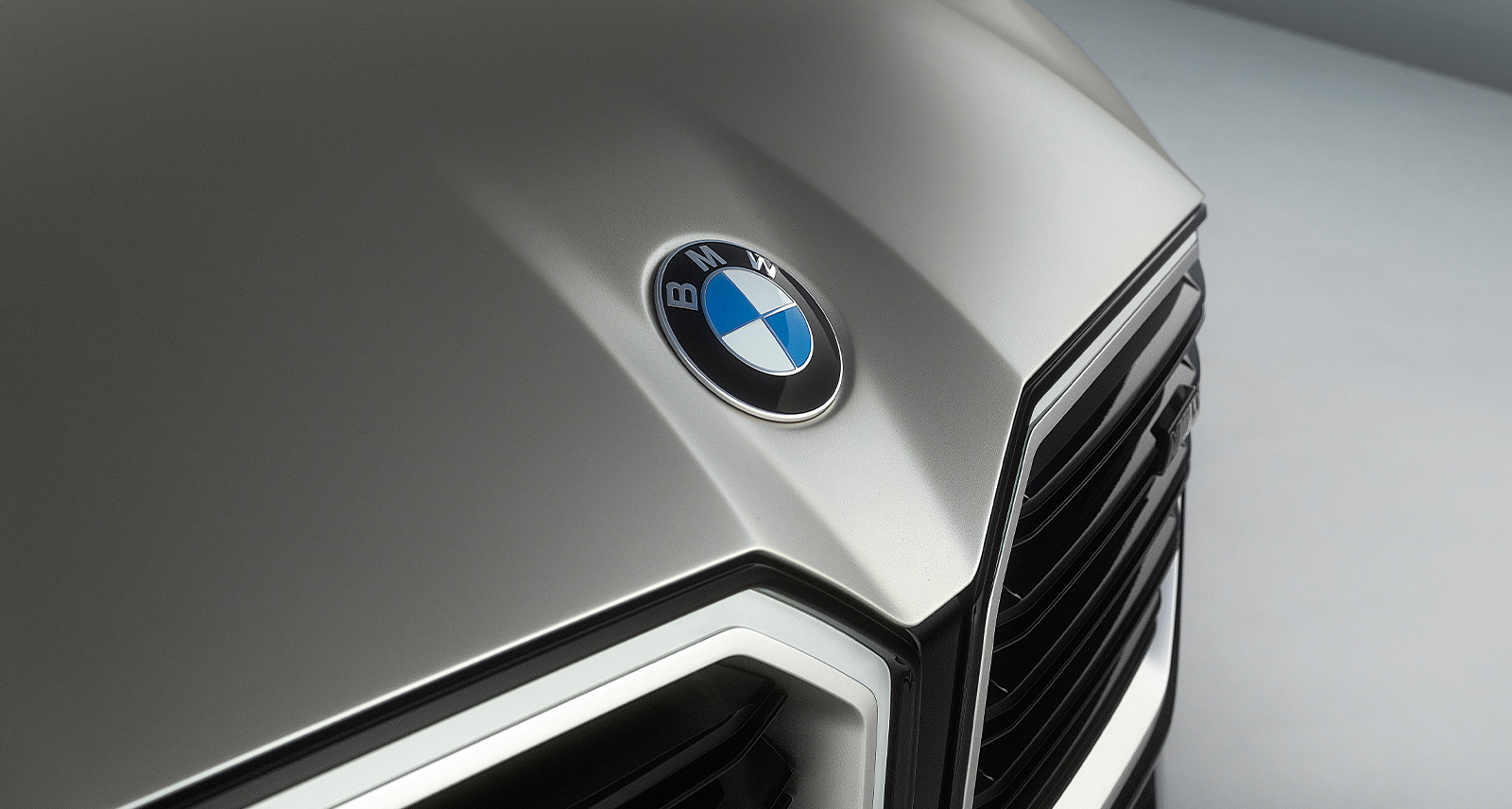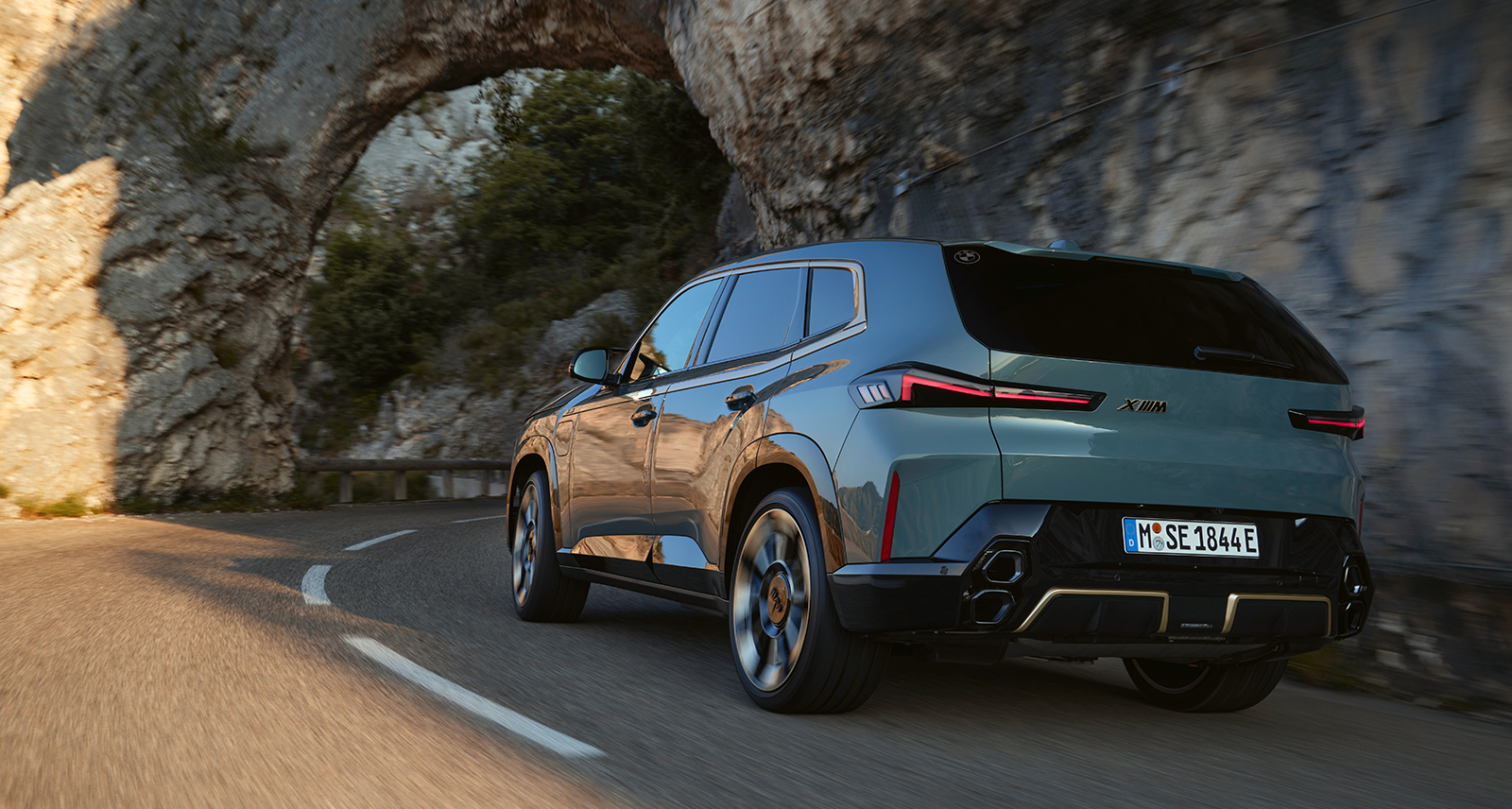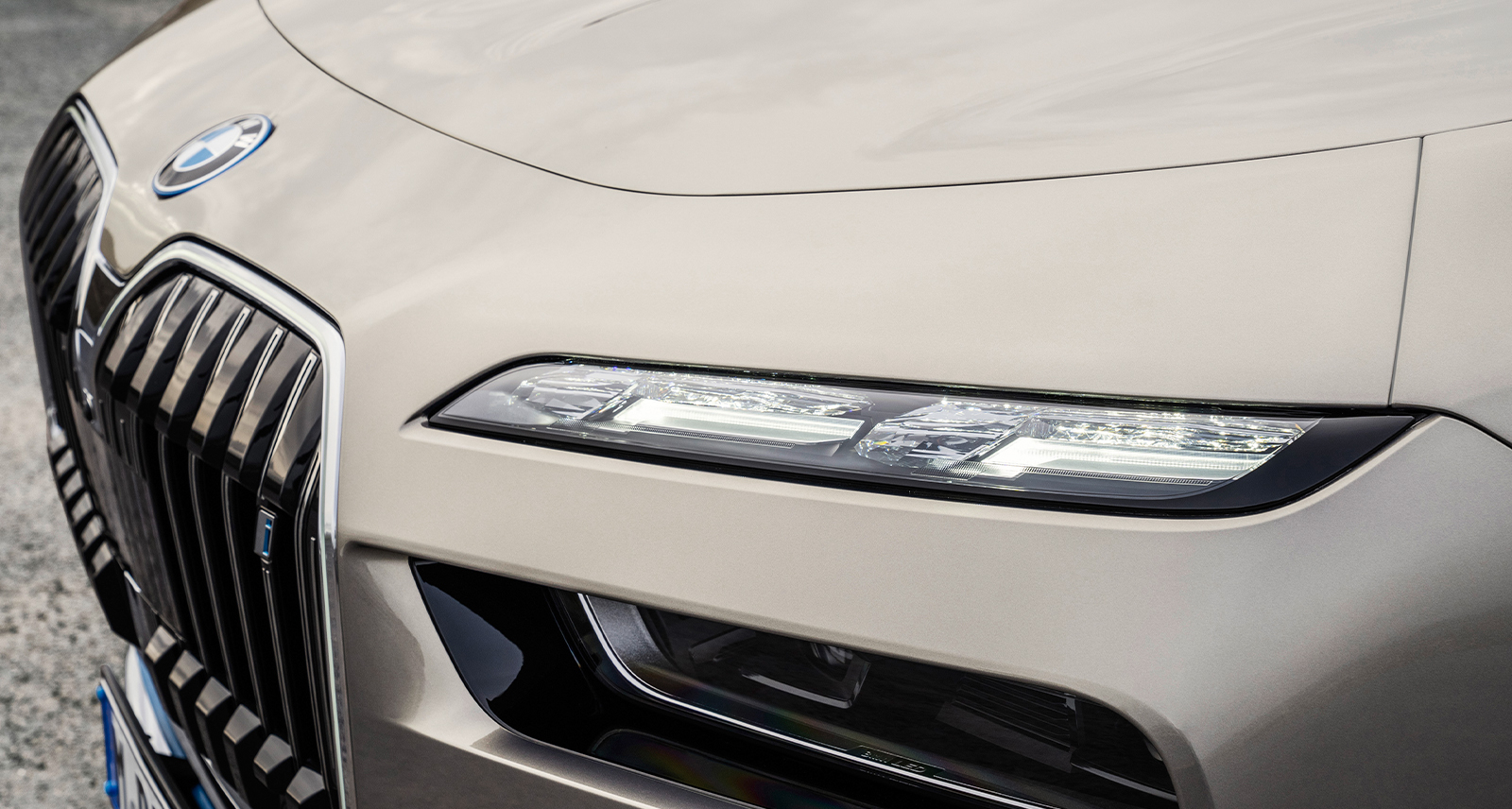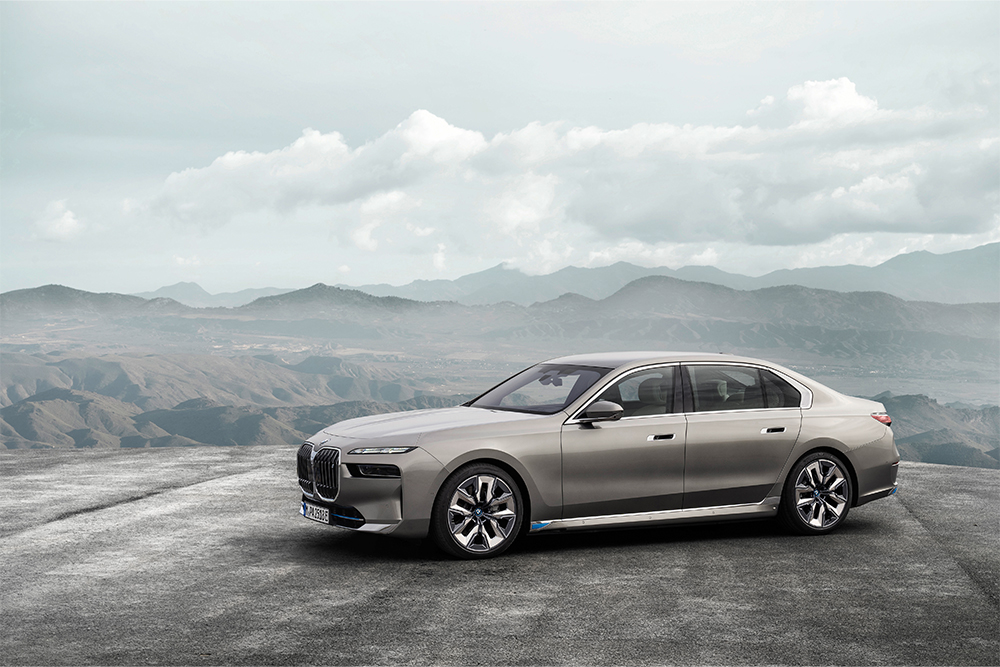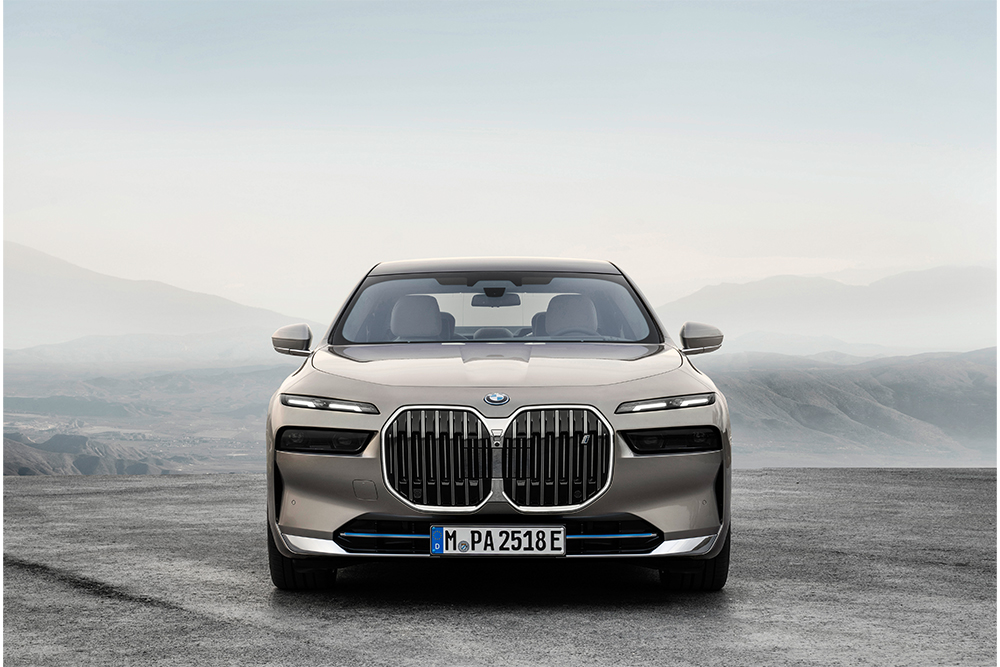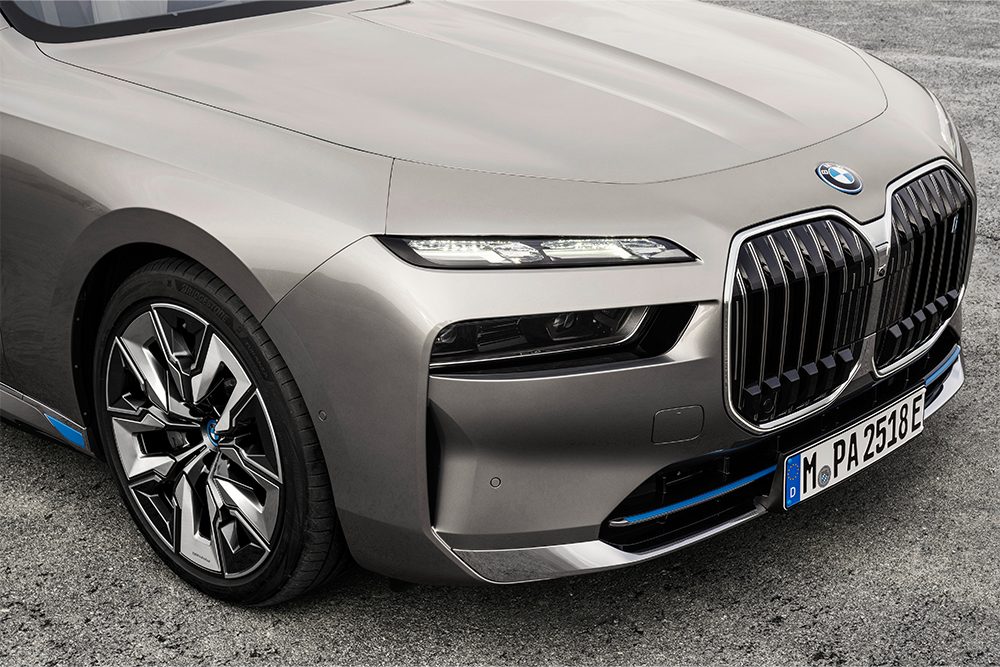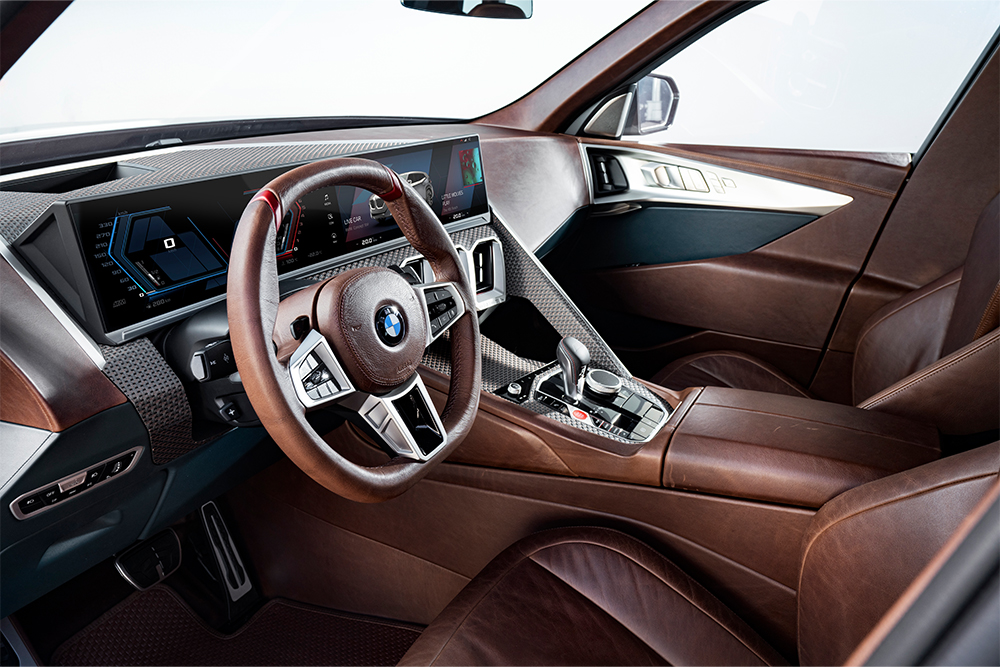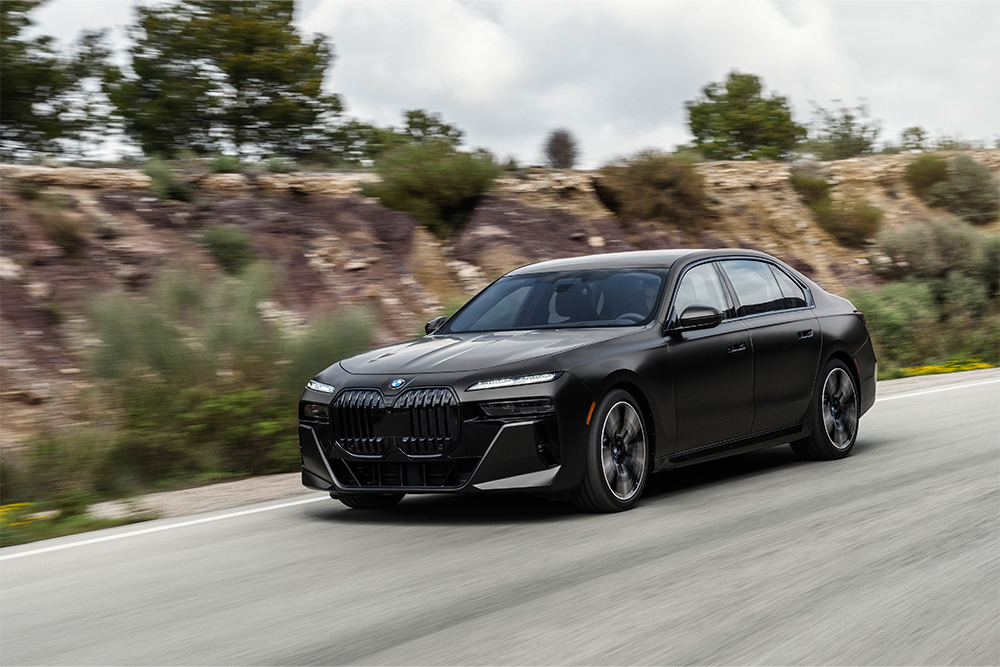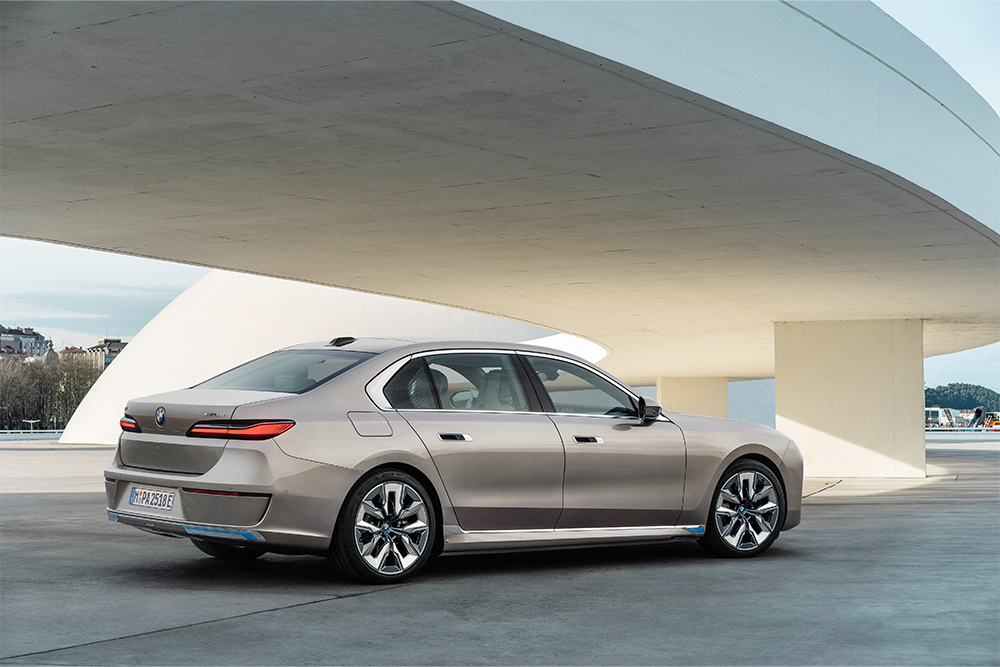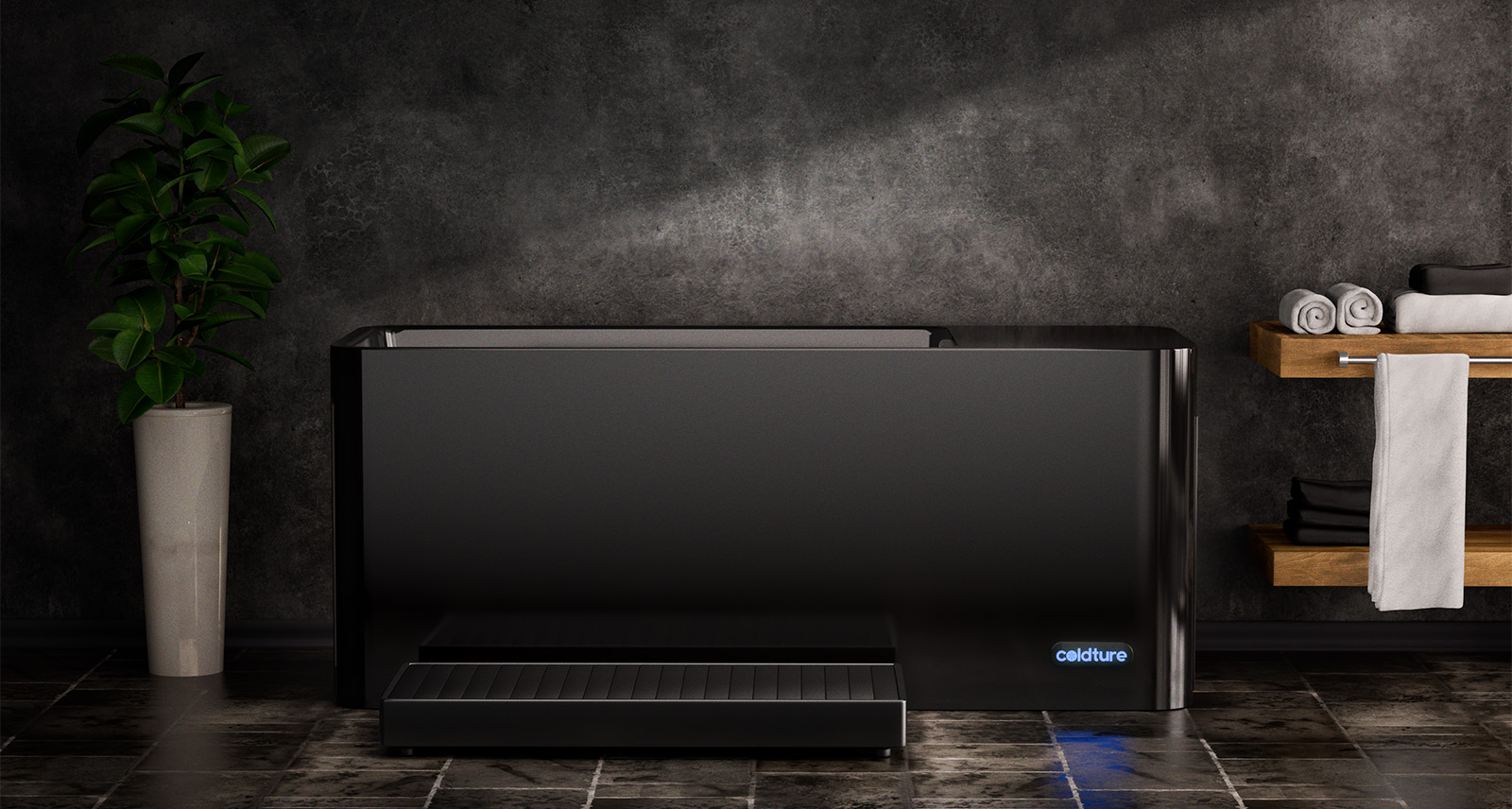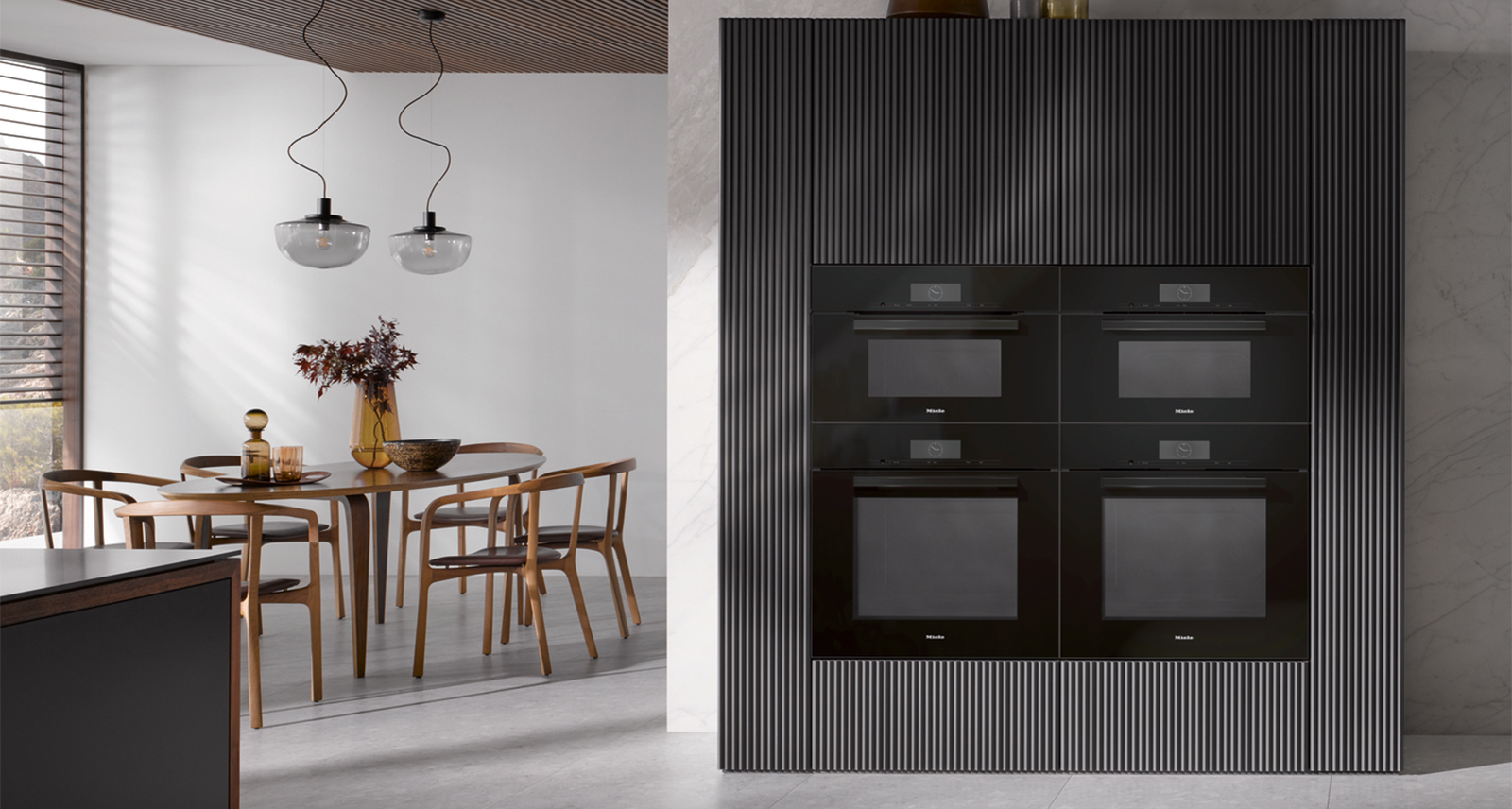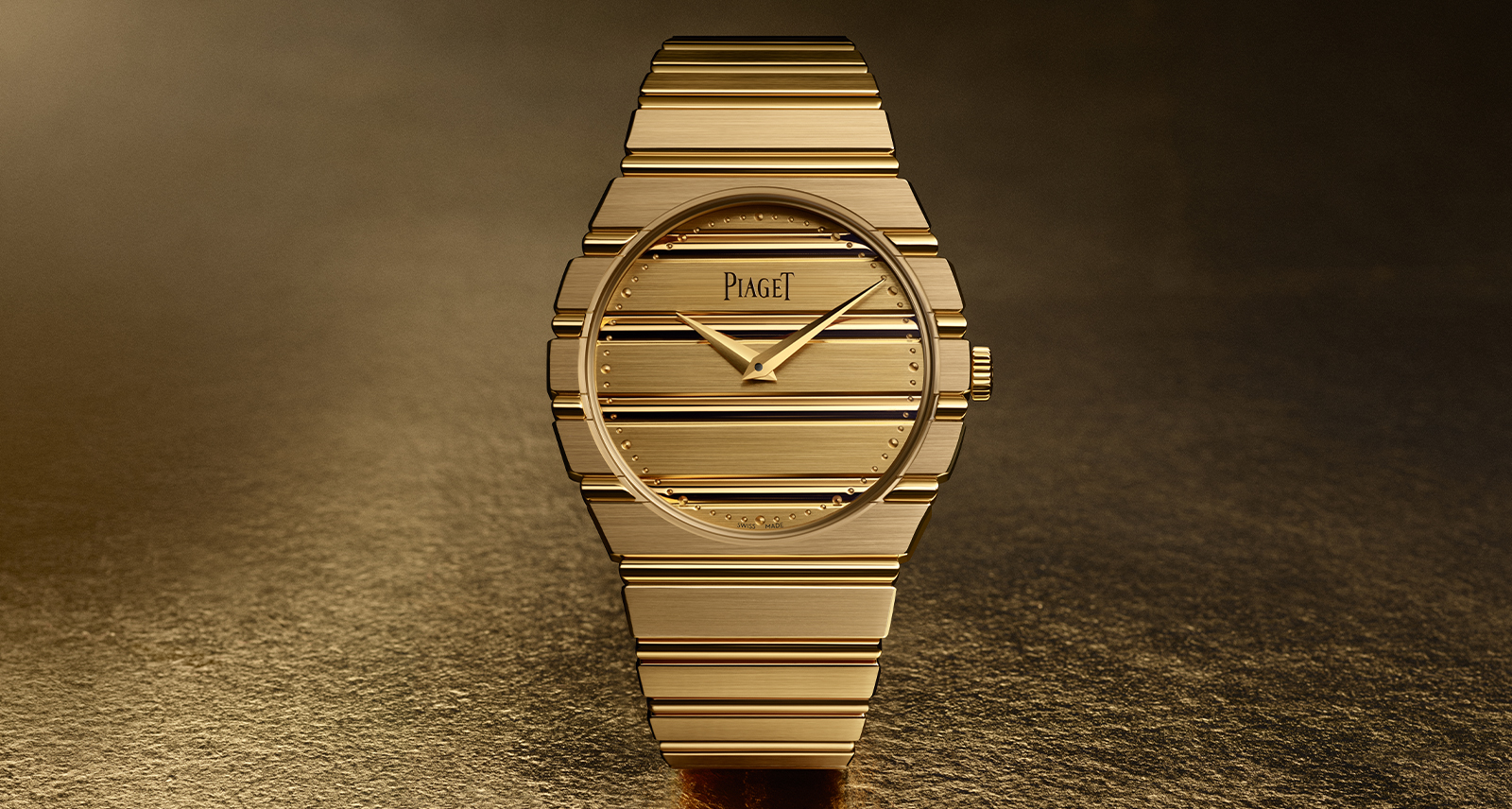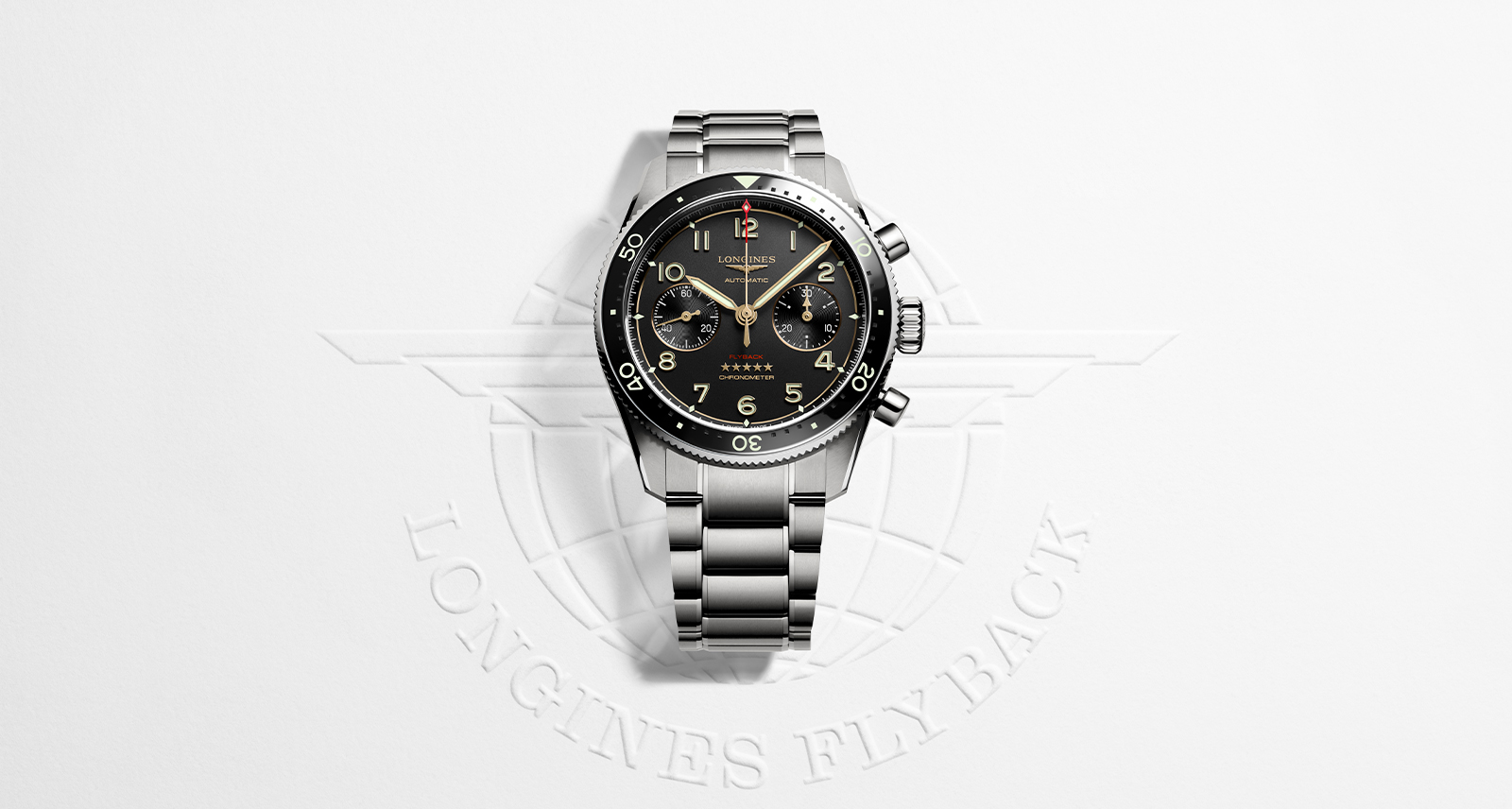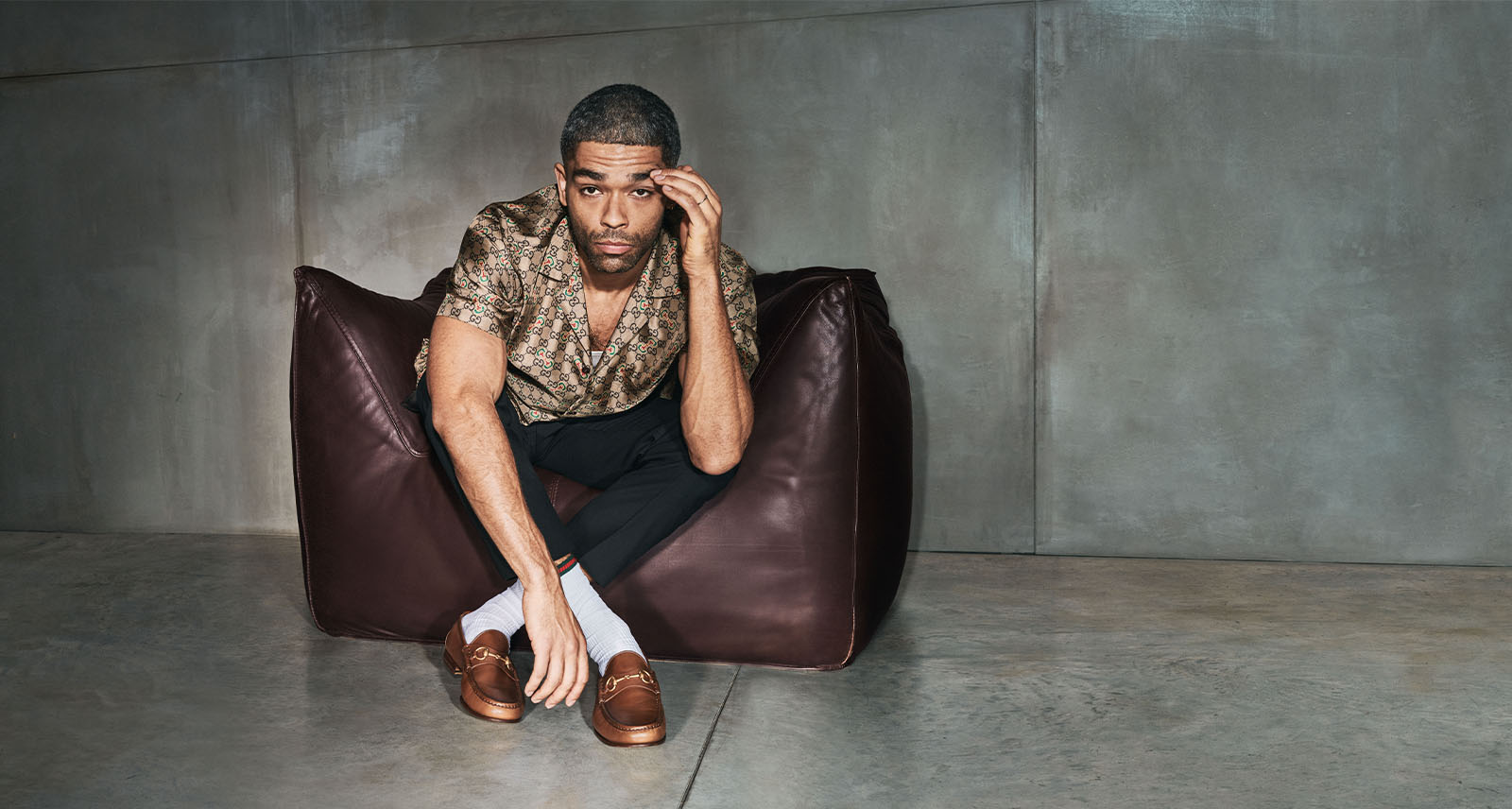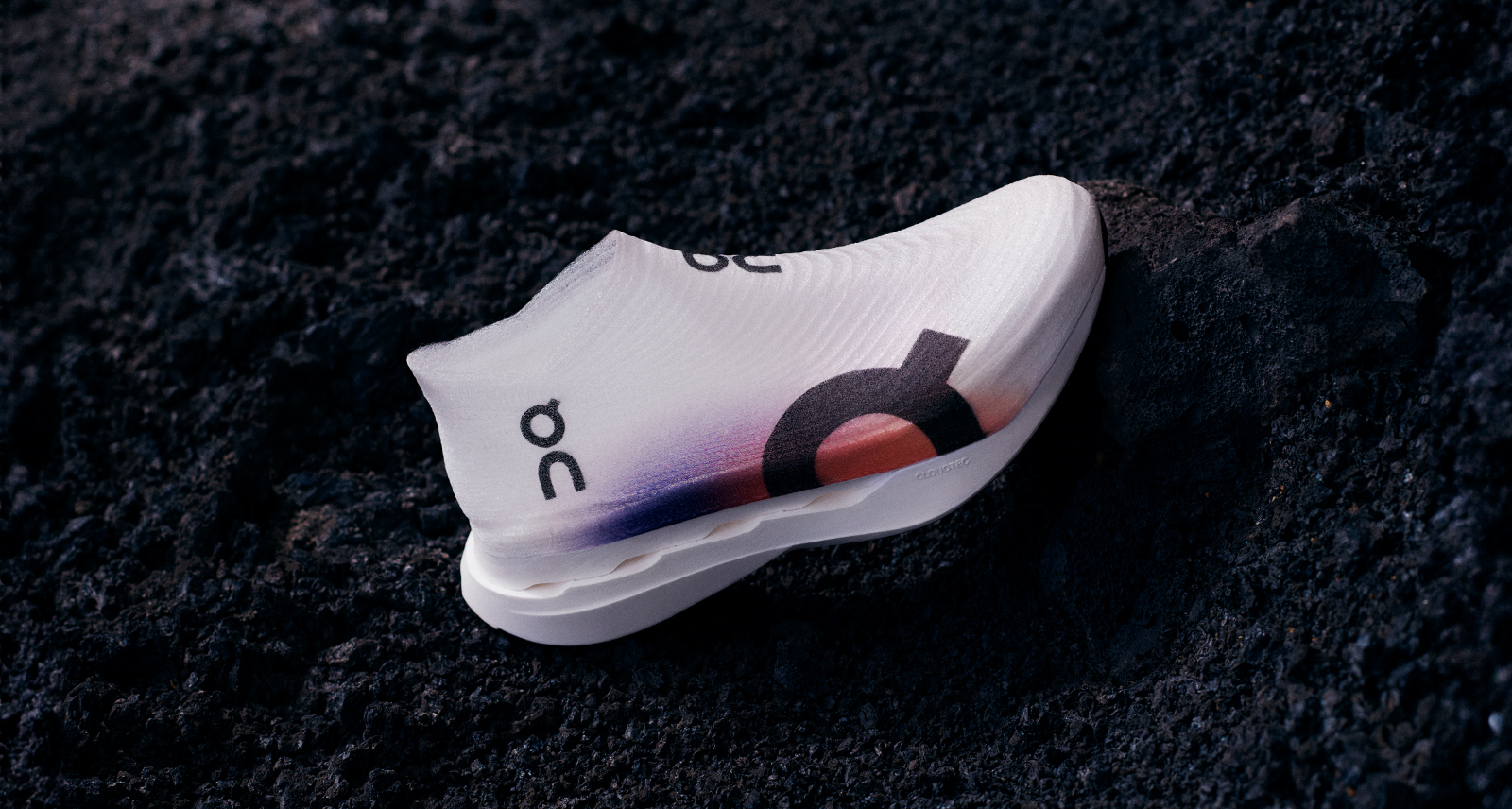Light and Dark: BMW’s Design Head Domagoj Dukec on Where the Brand Is Going
Domagoj Dukec isn’t hurt by the things people say about his work on social media. Since becoming the head of BMW Design in 2019, the German designer has stirred up a lot of controversy in the car world by reinventing what a BMW looks like. Some of the brand’s 40 million followers across various social media channels haven’t been shy about expressing their displeasure, but Dukec doesn’t let it get to him.
“I can’t, and I don’t want to please everyone, because BMW was never about pleasing everyone. Actually, my duty as head of design is to always create something which makes a difference,” Dukec explains over a video call from his home in Germany.
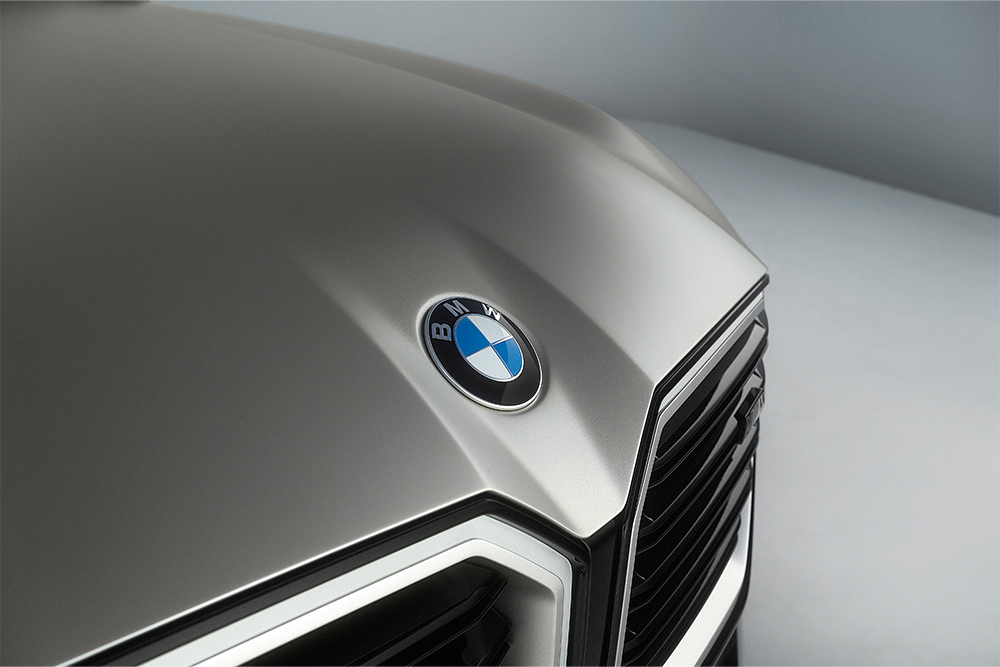
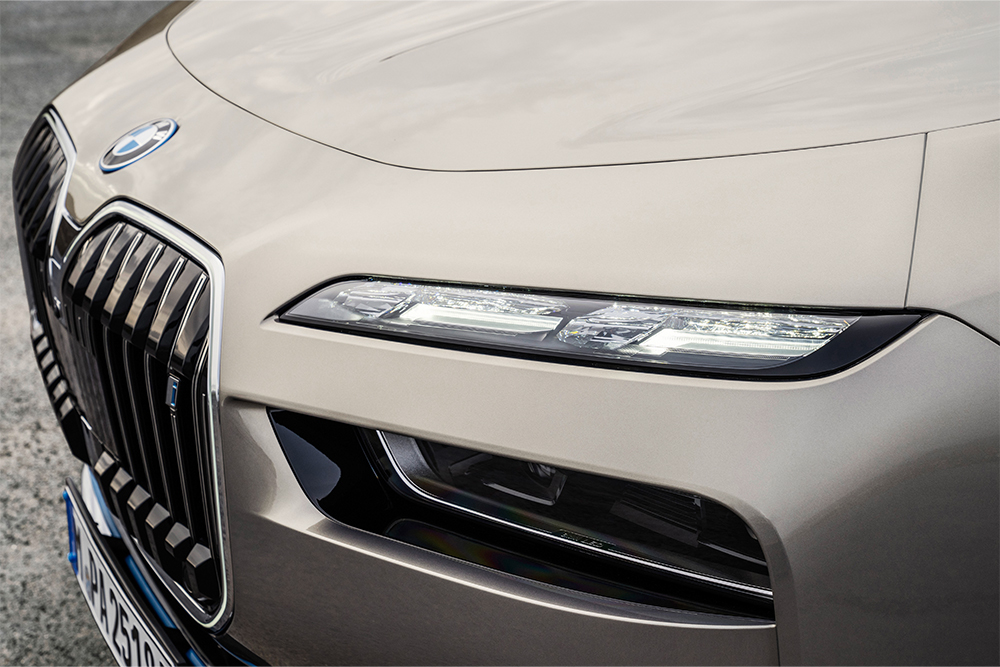
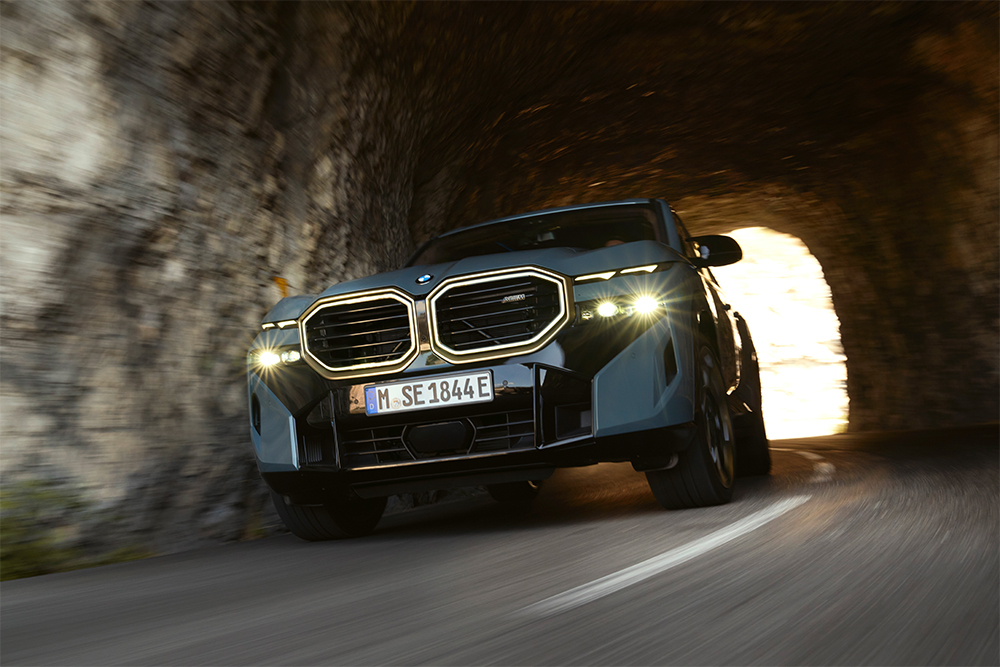
He is making a difference. Last year, despite major headwinds facing the entire auto industry, BMW outsold its rivals and delivered a record-breaking number of vehicles (many of which were designed under Dukec’s leadership). Not only that, but Dukec’s radical approach has regular people, not just car geeks, talking about car design now too. Passersby can’t help it when they see his work.
“Some people are convinced that if you just make something beautiful, everybody is going to love it, but that’s not how it works,” Dukec says. Good design, he explains, must tell a story. “It’s much deeper than a superficial look. Other cars, which just take a superficial approach, will work in the beginning but will fade, you will forget it,” he says.
Nobody is likely to forget Dukec’s BMWs. Some notable examples include the big-grilled M3 and M4, which both present a haunting visage when roaring up fast in the rearview mirror. There’s also the iX, a serene all-electric SUV, and the new 2 Series coupe, which offers a modern reinterpretation of classic BMW sports cars. “You wouldn’t say the iX is a beauty from first sight, but sales are 40 per cent over what we estimated,” Dukec says.
The clearest vision yet of what he’s up to at BMW are the two new duelling flagships of BMW’s range: the brash XM high-performance SUV and the grand 7 Series luxury sedan. (The former is technically a concept but is already confirmed for production.) Both new flagships will cost more than six figures and offer every luxury and cutting-edge technology BMW knows how to make, but they couldn’t be more different. Looking at them together, they’re like light and dark, ego and alter ego.
The 7 Series, now available for the first time as the fully electric i7, has been the pinnacle of BMW’s lineup since 1977. Dukec’s all-new 2023 model isn’t a traditional take on elegance. Instead, it’s about execution, precision, and manufacturing, he explains. He likens the car to a three-star restaurant in Paris, a place where you have a hundred years of history, demanding clients and always a few celebrities dropping in.
The XM, on the other hand, is for rock stars. “You have people who don’t care about the establishment. That doesn’t mean they don’t care. They have maybe even higher values, but they also have tattoos. They don’t feel comfortable in that French restaurant,” Dukec explains. “It’s not about tradition. These people, they are looking for something different.” Until the XM, he adds, BMW didn’t have something to offer those customers, so they were driving a Mercedes G-Wagon or Lamborghini SUV.
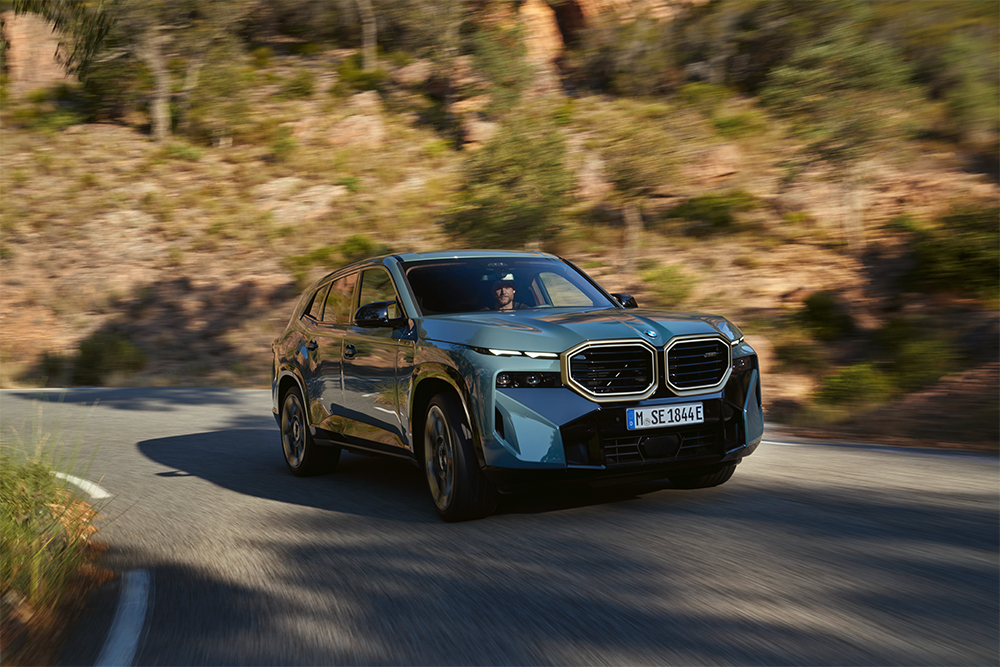
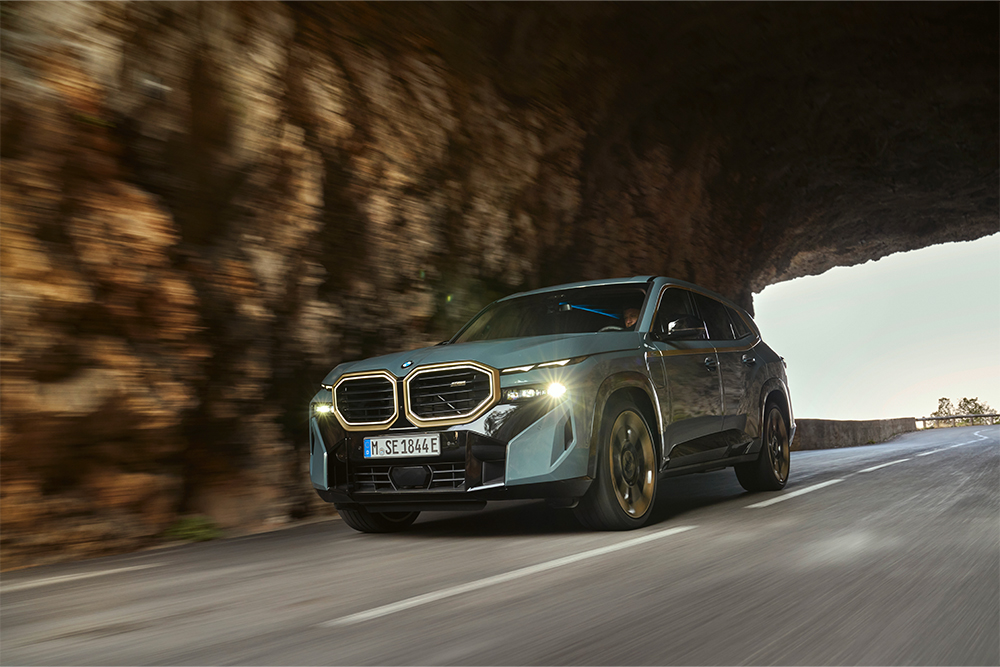
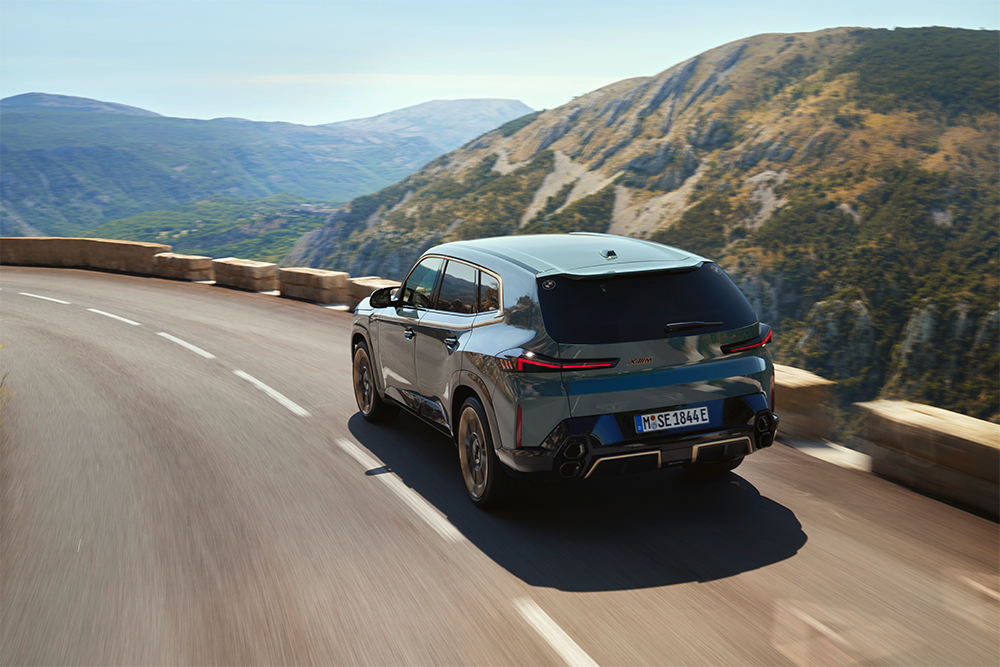
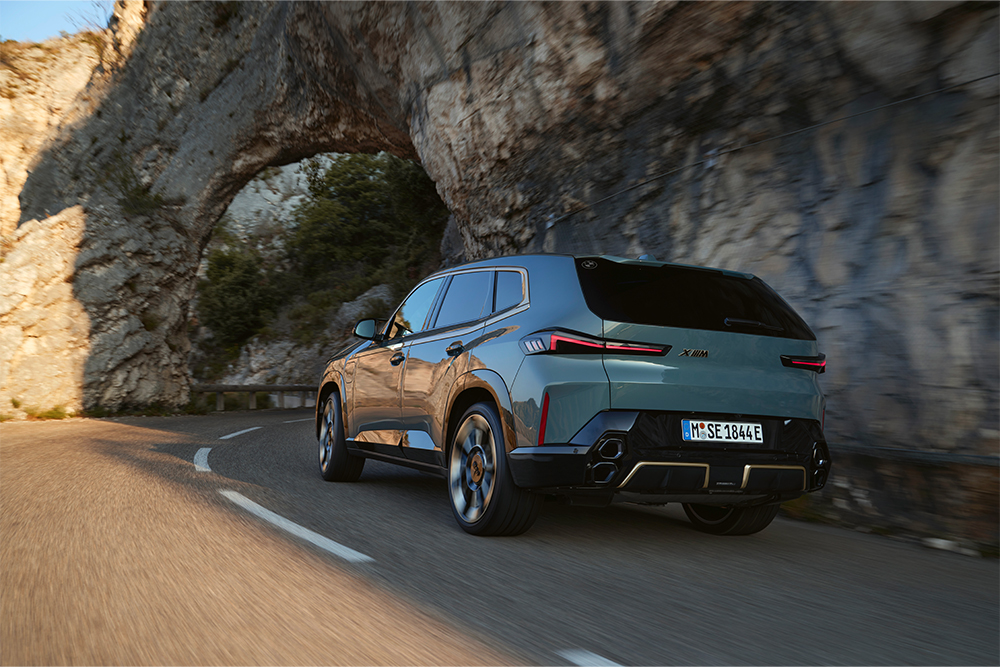
During our long conversation, Dukec never once talked in the usual designer jargon of shoulder lines, or overhangs, or window graphics. Analyzing a car’s lines gives only a superficial understanding of that product, he says. In his view, “What’s relevant is the immersive or the total experience of a product, driving it, looking at it.”
Dukec’s cars look so different because they offer different experiences, which is a major break from BMW’s tradition. For much of the last 40 years, contemporary BMWs have all been quite similar to each other. The 3, 5, and 7 Series sedans were like Russian nesting dolls — small, medium, large — different sizes of the same thing, but not anymore. Now they’re each becoming unique.
Some of Dukec’s cars speak to me personally, but others don’t at all, which, I think, is exactly what he intended. He’s not a populist; he wants to make a car that can tap into a customer’s weird, particular, individual psyche.
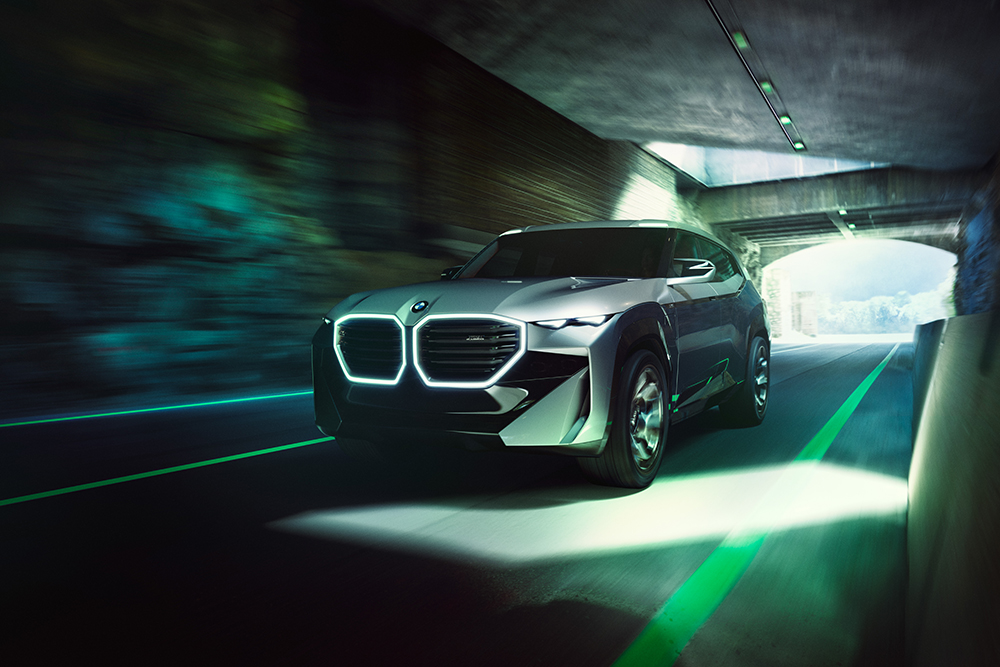
“We have someone on my team who is a design psychologist, to really understand what drives people,” he says. “What is a customer’s background, and what will make him think, ‘This is what I need.’ ” Why do people choose one product over another? The answers are often complicated. As Dukec says, there’s no logic or neat design strategy you can easily present to a board that can answer those questions.
Whether it’s Dukec, Demna reinventing and revitalizing Balenciaga, Karl Lagerfeld at Chanel, or Virgil Abloh at Louis Vuitton, or even Chris Bangle — whose controversial designs for BMW in 2001 pushed the entire industry forward — there are always going to be haters, people who want the old stuff back, people who need time to come around, or people who genuinely just aren’t into the new stuff. And that’s fine. Everyone’s going to post their hot takes. But understanding how Domagoj Dukec is reinventing BMW, it’s not about understanding lines and shapes, it’s about understanding people. And so, if you, reader, don’t like a particular car he’s done, consider that it might be because that car was never meant for you to begin with.
